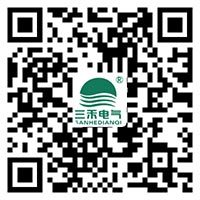Breaking the "shackles" of Si: H thin film efficiency, amorphous silicon solar cells have achieved a battery efficiency of more than 25%
Author:
Release Time:
2021-09-06
In recent years, engineers around the world have been developing new technologies to produce and store energy more sustainably. These technologies include solar or photovoltaic cells, which are electrical devices that convert sunlight into electricity.
Silicon heterojunction (SHJ) solar cells and perovskite/SHJ series solar cells are two promising solar cells. Both types of solar cells are made of hydrogenated amorphous silicon (a-Si: H), an amorphous form of silicon, which is also commonly used to make thin film transistors, batteries and liquid crystal displays.
A-Si: H has been used to manufacture photovoltaic cells for many years due to its low defect density, adjustable conductivity and other advantages. Because the advantages of this material largely depend on the configuration of hydrogen and silicon in 3D space, engineers can control the microstructure of materials with high precision to manufacture high-performance devices.
In the past, materials scientists have tried to use the metal like chemical element boron to doped amorphous silicon to obtain light from the sun more effectively. However, so far, most of them have achieved poor and unreliable results.
Researchers from the Chinese Academy of Sciences (CAS), Zhongwei New Energy and King Abdullah University of Science and Technology (KAUST) have introduced a new strategy that can significantly improve the efficiency of boron doped Si: H films. This strategy was introduced in a paper published in the journal Nature Energy, which essentially requires light immersion films.
Related News







